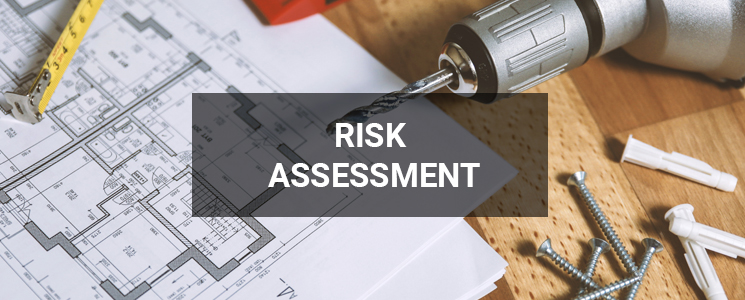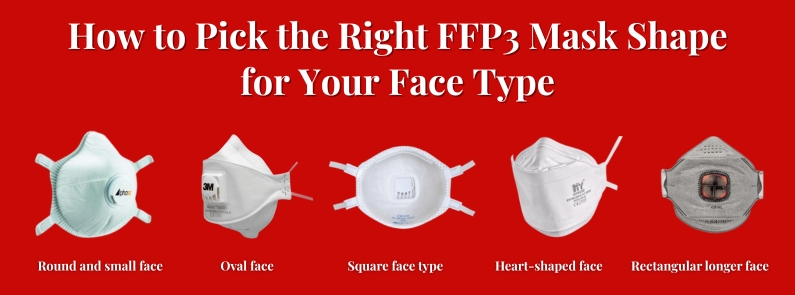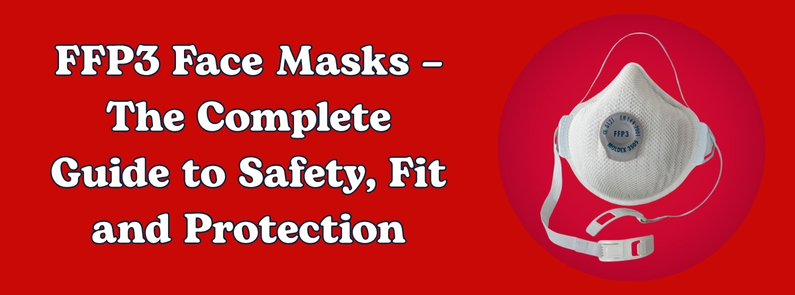
Every work environment needs to conduct proper risk assessment. Safety of workers and employees comes first and foremost in any organization.
Now when we talk about risk assessment what we basically want to measure are hazards present at the workplaces. These hazards can be for premises, people, procedures, and plants.
If we fail to estimate the amount of risk imposed in workplace, we will be putting the lives and health of all the employees at stake.That’s why proper investigations are required by the relevant enforcement authorities.
The commonly used safety measure used in the end if nothing else can be done to remove the hazard is the use of protective clothing
5 Steps to Risk Assessment
To successfully conduct the risk assessment, follow the following guidelines. A step-by-step procedure-
1. Identify the Hazards in the Workplace.
We all are aware that risk is the chance of someone getting affected by some hazard. To safeguard your employees, you must mark all the hazards present at your workplace. It can be anything from chemical exposure to falling objects, noise, electricity and even falling from a ladder.
If you are trying to identify the hazard on your own, take honest look on your surrounding to figure out what these risks are, like do workers need to work in direct contact of some chemicals or electricity?
Is the workplace too noisy? Check if the workers need to sit in a dusty place for long hours, evaluate each place to have all the hazards identified. Failing to do so is accountable as an offence.
2. Assess the Impact of These Hazards, Understand Who’s at The Major Risk.
After identifying the hazard do a correct assessment. This will help in determining the exact measures required to be taken to safeguard all.
Different hazards impose different kinds of risks. So, if you’re working in an environment that is related to the clearing of asbestos then you have to get complete information on what are the risks on the worker.
Make sure that every employee should be provided with the complete information on how their health can be impacted if they fail in following the safety guidelines.
3. Evaluation of the Effectiveness of the Current Safety Measures.
Now the next step would be to check the effectiveness of the available safety measures. Update the safety measures. Keep the safety equipment ready and store them properly to protect them from any damage. Personal protective equipment is a major requirement while working in such an environment.
Dust masks are the most commonly used protective equipment when exposed to chemical fumes, fine dust, etc. But you need to ensure that all safety measures that are taken are effective otherwise you will be in danger of exposing your workers to the hazards.
4. Find the Security Lapse and Record Your Findings.
After doing a proper evaluation if there is any lapse in the security measures, record it. Make a record of these findings as this will be required to understand what action should be taken next.
5. Review Your Assessment and Update it With an Accurate Action Plan.
Now that you have recorded all the details, take time to review your findings and after that, you can design a real actionable plan. Now, how to design an accurate plan? Let’s understand this by the example of working in an asbestos protection environment.
Your construction site imposes the threat of asbestos exposure and as a safety measure, you have all the personal protective equipment but for proper disposal of asbestos waste, you lack asbestos bags. Your action plan will be to arrange the bags for the safe disposal of the asbestos waste.
Most importantly remember that prevention is always the best option. If possible, change the design to avoid the risk completely. Change the process, substitute the chemical with the another less toxic substance or chemical.
Next important measure can be to limit the exposure of hazard to individuals. This can be achieved by job rotations so no-one is exposed to the risk for long.
Impose some general control measures like barriers and warning systems. They are important to limit any accidental exposure to the hazard.
Conclusion
The last line of defence against any hazard is personal protective equipment (PPE). This acts as the last barrier between the risk and your employee because if this will fail then they will be in direct contact of the hazard.
Remember, it’s the prime responsibility of every employer to ensure the safety and security of your employees. To implement all the safety measures and ensure that there is no risk present anymore you have to conduct the risk assessment.
Take the help of a trained professional to evaluate and make a proper estimate of all the hazards and then make an actionable plan to overcome these risks.




